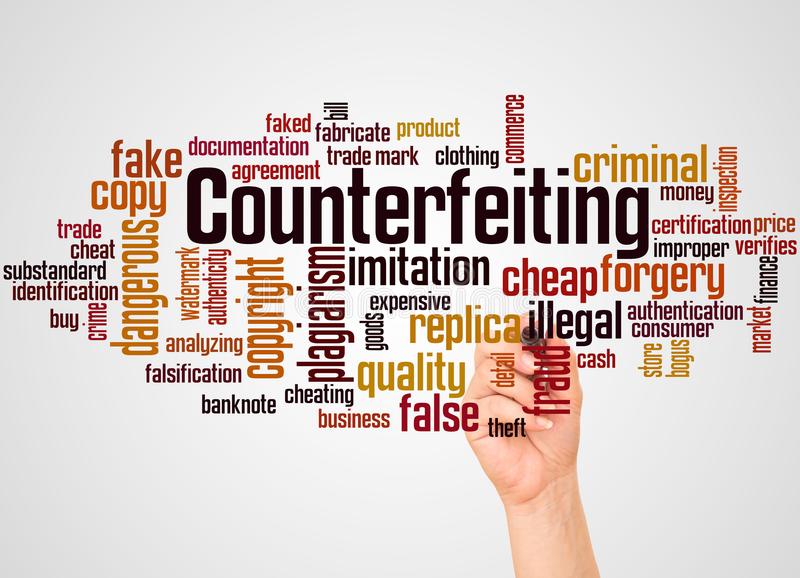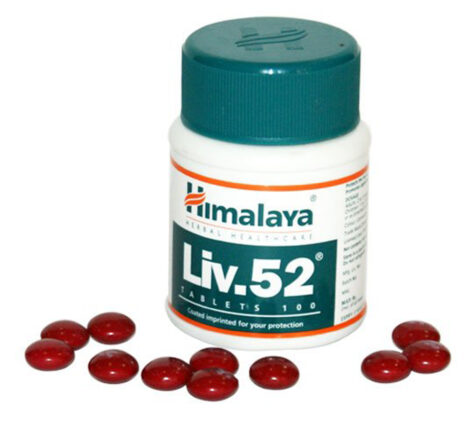Concept Of Counterfeiting Of Goods And Trademark Piracy
INTRODUCTION
Ever since the 19th century, world has experienced a phenomenal growth in the international trade. Industrialization process has completely changed the game by contributing largely to international trade. Countries are coming up with novel and advanced goods which have been gaining popularity not only in the domestic market but on an international level.
With the advent of new goods being produced in the market, there is critical need to protect the goodwill and reputation of such goods. Trademark law safeguards the same and also protects the rights of owner. When a particular product of brand becomes popular in the mind of consumers some infringers often try to take undue advantage of goodwill and reputation of that product by way of counterfeiting the same. We often come across dummy products in the market – which have now become became a major issue across the globe. There are a variety of counterfeit goods available like shoes, bags, jackets, cosmetics and even drugs. A fake or counterfeit product is introduced into the market with an intention to deceive the consumers and encourage them to purchase these dummy products. USTR (United States Trade Representative) has recognized many online as well as offline markets across the world which are actively involved in selling of counterfeited goods, leading to infringement of intellectual property.
Counterfeit goods in layman’s term mean duplicate goods. The goods are often so identically similar to the original product that it creates confusion in the minds of the consumer.
The word counterfeit goods though not defined under Indian Trademark law, but is defined under the TRIPS Agreement under Footnote 14 of Article 51 as follows:
“Counterfeit trademark goods” shall mean any goods, including packaging, bearing without authorization a trademark which is identical to the trademark validly registered in respect of such goods, or which cannot be distinguished in its essential aspects from such a trademark, and which thereby infringes the rights of the owner of the trademark in question under the law of the country of importation.”
Trademark piracy refers to instances where goods which are protected by trademark are “forged”.
EFFECT OF COUNTERFEIT GOODS
The sale and purchase of fake or counterfeit products have become one of the biggest underground business ventures across the globe.
Duplicating products affects not only the rights of the owner of the trademark but also the purchasers and the public authority. An immediate loss also occurs due to rivalry between popular brands and forgers. Moreover, if the counterfeit good is of inferior quality, the customer will have a negative impression of the real product which ultimately hampers the reputation and goodwill of the brand.
Further, consumption of edibles such as chocolate, biscuits, baby food, soft drinks, among other items, which are not sourced from the genuine producer or manufacturer, are likely to have an adverse effect on the health of the consumers. In fact, duplicating of goods also negatively affects the economy of a country.
COUNTERFEIT GOODS & TRADEMARK PIRACY – INDIAN CONTEXT
The fake products market has brought a major drift in the Indian Economy. “Use-based” trademark framework is followed in India and this in a way implies that the exclusive right over a trademark in question is obtained by first filed application.
In case of well-known trademarks, once earlier use is demonstrated, rights automatically lie with the user of the same. WIPO has explained trademark piracy as utilization of a well-known trademark which isn’t registered in a state or when a trademark is stricken off the records because of non-use.
‘First to use’ system is one where exclusive right to use the mark lies with person who was the first user of the mark. On other hand, in ‘first to file’ system, the exclusive right over the mark lies with person who first got the mark registered . The registering authority does not require evidence of use or the need to utilize the mark in any application.
Section 29(1) of the Trade Marks Act, 1999 states that trademark is infringed when an individual who isn’t rightful owner of the mark, utilizes it in the course of trade in an unapproved manner .
The trademark is indistinguishable by and large in light of the fact that the entire intent behind replicating it is to profit by using the goodwill of the original mark.
Section 29(6) of the Trade Marks Act, 1999 states individual uses a registered mark when it is:
- Affixed it to goods or the packaging thereof;
- Offers or exposes goods for sale, puts them on the market, or stocks them for those purposes under the registered trade mark, or offers or supplies services under the registered trade mark;
- Imports or exports goods under the mark;
- Uses the registered trade mark on business papers or in advertising.
There is a provision given for deceptively similar mark under the Trade Mark Act but it does not come into play as these counterfeit products are duplicates of the goods of registered mark. Hence, the registered owner does not need to demonstrate that the forger has utilized his registered mark. Though when the mark is distinguishable, the aggrieved party would have to set up the likeness and how it would almost certainly confuse the purchasers or the consumers.
Infringement claims require evidence that it has or is likely to cause confusion in the minds of the customers. In case of claims regarding counterfeits, such confirmation is not required. The mere existence of duplicated products is sufficient for the Plaintiff to initiate a legal action against the respondent by demonstrating the probability or existence of confusion due to the acts of the latter. It is important to note that the burden of proof lies on the Plaintiff.
In the case of S.M. Dyechem Ltd. Versus Cadbury (India) Ltd the Hon’ble Supreme Court held that “an offended party in a suit on premise of infringement needs to give not just that his mark is infringed by an individual who is certainly not an registered owner of the mark but that the said individual is utilizing the mark in course of business, which is indistinguishable with or misleadingly similar to the trademark of the offended party, in such a way that the utilization thereof would lead to confusion amongst the general public.”
Duplicating or counterfeiting is one of the most popular offences, in the field of Intellectual Property. Many countries are keeping strict check and measures to control the same. In fact, countries like USA and UK have changed their laws and established new safeguards that involve criminal consequences to discourage these acts as more often than not, civil remedies are not taken seriously by the infringers. It is to be noted that counterfeiting or duplicating is a grave offense as it not just causes financial damages to the registered owner but also affects the economy of a nation.
REMEDIES FOR COUNTERFEITING
There is both civil and criminal solution for counterfeiting or duplication. The Trademark Act, 1999 does not detail duplication but specifies criminal remedies for infringing a registered trademark. Counterfeiting is also a criminal offense under the Indian Penal Code 1960.
Section 104 of the Trade Marks Act, 1999 provides a punishment for individual selling products with duplicated trademarks with imprisonment for a minimum of 6 months up to a maximum of 3 years coupled with a fine.
CONCLUSION
The widespread expansion in counterfeiting and sale of duplicate products in both India and across the globe, has led to such acts as being IP offenses by several nations and criminal remedies are pursuable against such practices. In fact, in most nations, duplicating and counterfeiting goods has become a part of worldwide trade, forming a part of unlawful export and import of fake products.
The main question, however, is how proficiently the criminal remedies are being maintained and how viably border measures are implemented in nations like India.
In India, there are both civil and criminal remedies that can be resorted to under Trademark law to curb the threat of duplication or counterfeiting. However, the market for fake goods and counterfeited products remains in high demand amongst Indian consumers. This means that there exists a need to break down the laws governing the said problems and analyze the loopholes thereof to address the voids.




